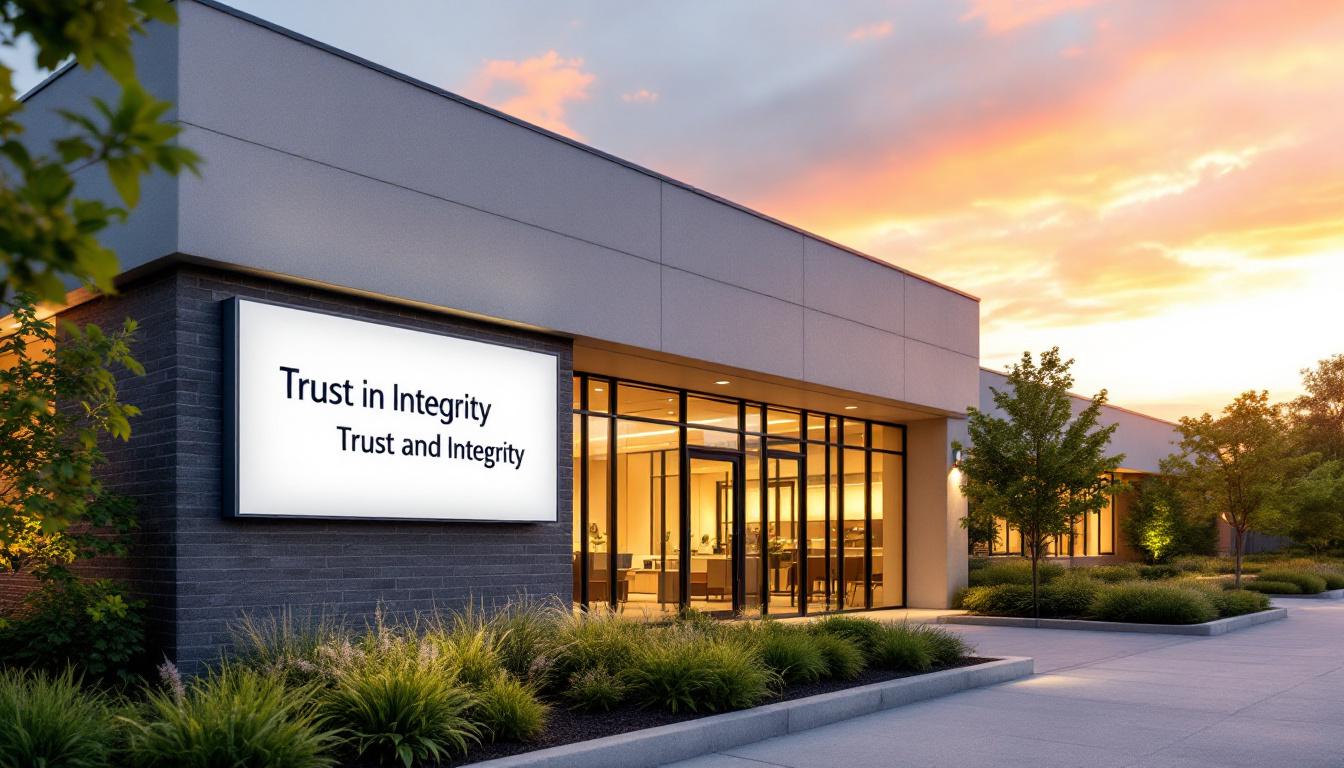Using Video Conferencing for Patient Education and Marketing
Transforming Healthcare Communication with Video Conferencing
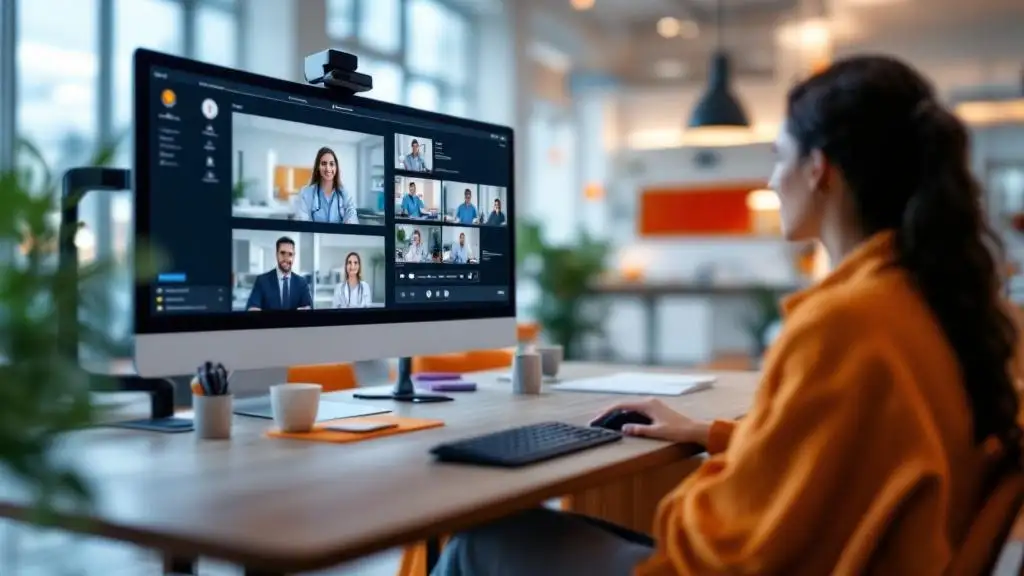

Using Video Conferencing for Patient Education and Marketing
The Rise of Virtual Interaction in Healthcare
In recent years, especially accelerated by the COVID-19 pandemic, video conferencing has emerged as a cornerstone of healthcare delivery and marketing. Its multifaceted applications span from remote patient consultations to innovative marketing strategies, enabling healthcare providers to bridge geographical barriers, enhance patient engagement, and promote their services effectively. This article explores how video conferencing reshapes patient education and healthcare marketing, addresses practical implementation strategies, benefits, challenges, and illustrates successful real-world examples.
Applications of Video Conferencing in Healthcare Education and Marketing

What are the applications of video conferencing in healthcare education and marketing?
Video conferencing has become an essential tool in modern healthcare, serving multiple functions in education and promotional activities. It enables remote training sessions and professional development for healthcare providers, allowing doctors, nurses, and other medical staff to participate in webinars, workshops, and ongoing education without geographical constraints. This is especially valuable during the COVID-19 pandemic, where traditional face-to-face learning was limited, and virtual platforms facilitated continuous skill advancement and knowledge sharing.
Beyond professional development, video conferencing enhances peer collaboration. Medical teams can conduct case discussions, share expertise, and consult with specialists across different locations, fostering a collaborative environment that improves patient care.
For patients, these platforms facilitate health education through virtual consultations, health counseling, and follow-ups. Patients can receive detailed explanations of their conditions, treatment plans, and rehabilitation instructions from the comfort of their homes. Interactive video sessions increase engagement, improve health literacy, and empower individuals to make informed decisions about their care.
Healthcare marketing also benefits from video conferencing by allowing providers to reach wider audiences. Virtual events such as medical webinars, product launches, and health awareness campaigns can target large groups without the logistical challenges of in-person gatherings. Hospitals and clinics can showcase advanced medical technologies and new services through live demonstrations and Q&A sessions, thereby boosting their visibility and credibility.
In addition, telehealth initiatives using video conferencing expand healthcare access to underserved and rural populations. Remote areas often lack specialist services, but virtual consultations bridge this gap, enabling patients to connect with expert providers regardless of their location.
Furthermore, virtual platforms support the organization of large-scale medical conferences, seminars, and promotional events. These online gatherings reduce costs, decrease environmental impact due to less travel, and allow healthcare professionals worldwide to participate and share knowledge.
In summary, video conferencing provides a versatile, cost-effective, and accessible means to educate, train, and promote healthcare services. It not only improves the quality of medical education and patient care but also broadens outreach, fosters collaboration, and supports ethical standards within the healthcare sector.
Enhancing Patient Engagement and Understanding through Video Conferencing
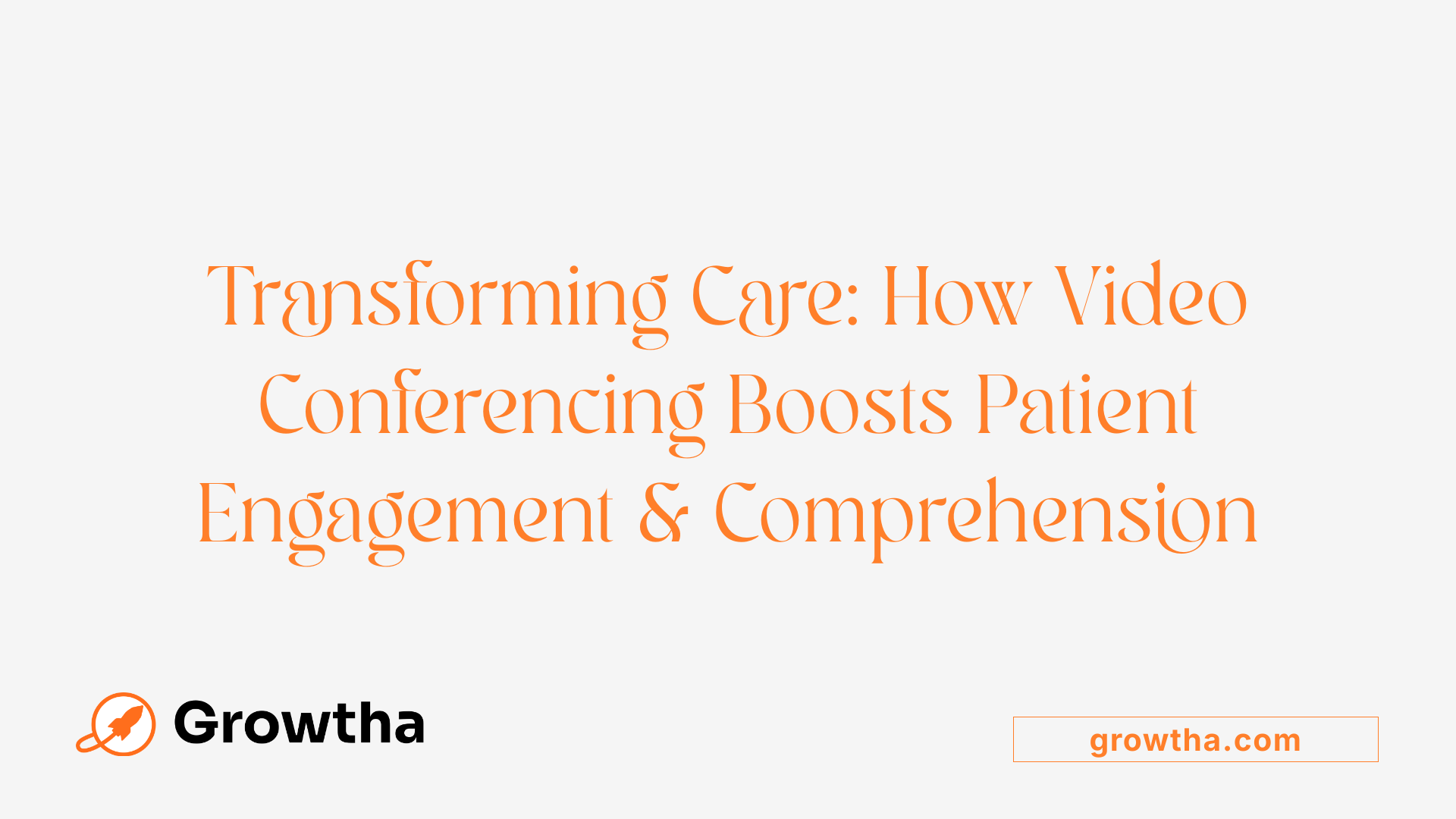
How does video conferencing benefit patient engagement and understanding?
Video conferencing has transformed healthcare delivery by making communication more interactive and personalized. Patients are no longer passive recipients but active participants in their care, thanks to real-time visual and auditory engagement.
One major advantage is the ability to utilize audiovisual educational materials during consultations. These materials help patients better understand their medical conditions, treatment options, and post-treatment care instructions, reducing confusion and increasing compliance.
Moreover, virtual face-to-face interactions foster a sense of trust and satisfaction. Patients feel more connected to their healthcare providers, which encourages open dialogue and honest discussions about symptoms and concerns.
Video technology also supports timely health management. It enables continuous monitoring of symptoms, early detection of potential issues, and remote management of chronic illnesses and mental health conditions. This approach allows for quick interventions, reducing the need for hospital visits and improving overall health outcomes.
For patients in remote or rural areas, video conferencing offers unprecedented access to specialists and routine care. The convenience of accessing care from home, coupled with the ability to review medical data instantly, makes healthcare more accessible and less stressful.
In summary, video conferencing enhances communication quality, empowering patients with knowledge, fostering trust, and supporting proactive, efficient medical care. Its comprehensive approach to patient engagement not only improves understanding but also contributes to better health management and satisfaction.
Role of Video Content in Improving Health Literacy and Service Promotion
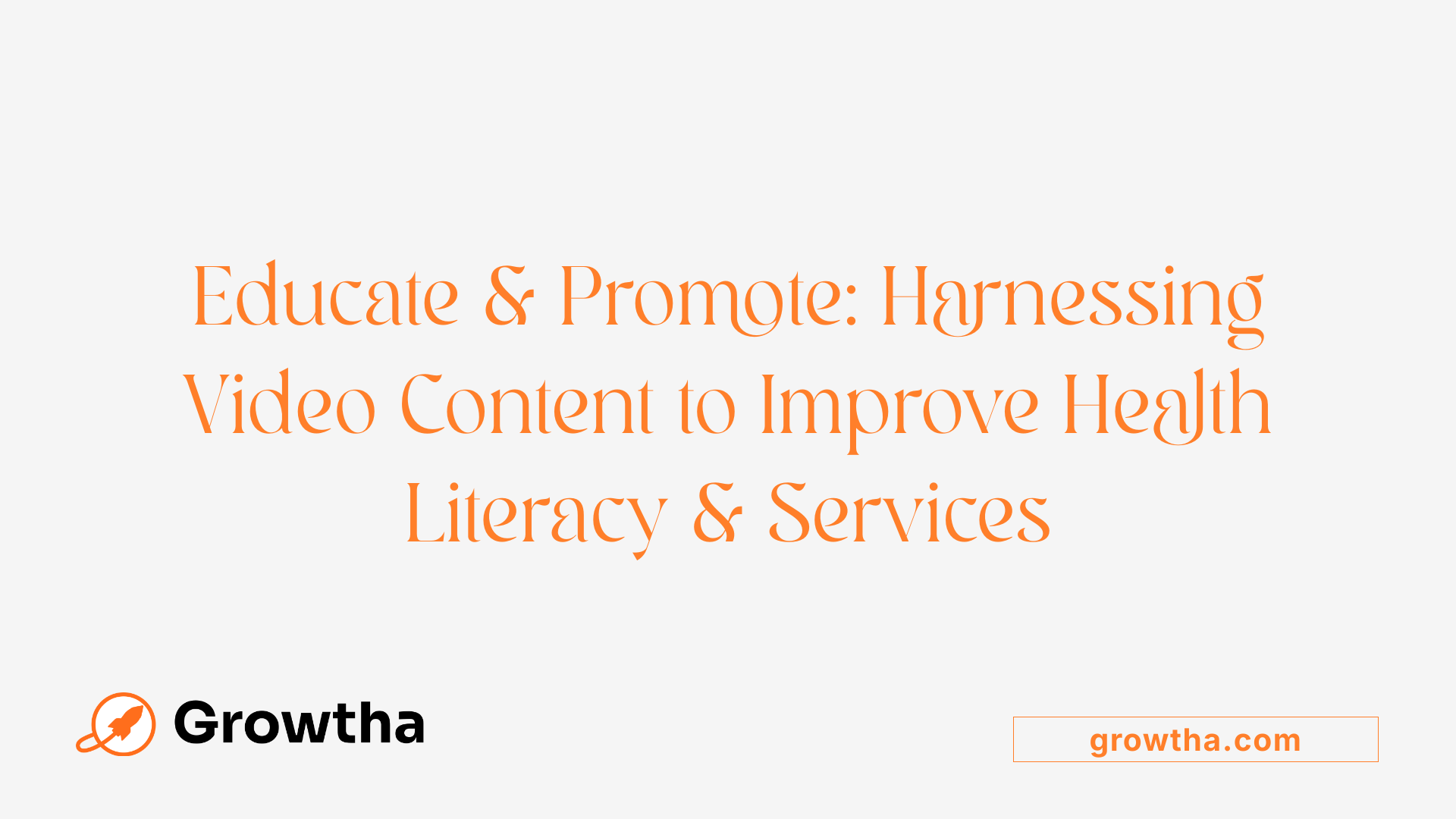 Video content has become an integral part of healthcare education and marketing, significantly enhancing how patients understand their health conditions and how providers promote their services.
Video content has become an integral part of healthcare education and marketing, significantly enhancing how patients understand their health conditions and how providers promote their services.
One of the primary functions of video in healthcare is to provide visual demonstrations of medical procedures and treatments. These videos help patients visualize what to expect during tests, surgeries, or recovery processes, reducing anxiety and improving overall understanding. For example, animated videos can explain complex surgical steps in simple terms, making them accessible to a broader audience.
Simplifying medical jargon is crucial for effective patient education, especially among populations with low health literacy. Videos translate complicated medical language into plain, easily understandable messages through clear narration, subtitles, and visuals. This approach enables patients to grasp their health issues and treatment options, leading to better adherence to prescribed care and increased confidence.
Patient testimonials and success stories serve as powerful promotional tools. Real patient experiences build trust and credibility, illustrating the positive impact of healthcare services. These stories foster emotional connections and can influence others to seek similar care, thereby expanding reach and engagement.
Virtual tours of healthcare facilities are another engaging form of video content. They help alleviate patient anxiety by showcasing the environment and staff before visits, emphasizing transparency and comfort. Such tours also highlight the state-of-the-art facilities and comprehensive services offered, attracting potential patients.
Educational webinars and live Q&A sessions allow healthcare providers to interact directly with audiences in real-time. These formats promote active participation, clarify doubts, and demonstrate expertise, reinforcing trust and authority. They are especially useful during health crises like the COVID-19 pandemic, where remote engagement became essential.
Animations and interactive videos are increasingly used to explain intricate health conditions, risk factors, and prevention strategies. These dynamic visuals can simplify complex concepts, improve retention, and motivate behavioral change. Interactive elements further enhance engagement by encouraging viewers to participate actively.
Overall, video content enhances patient understanding by making information more accessible and engaging. Simultaneously, it serves as a marketing instrument that boosts visibility, educates the community, and fosters stronger patient-provider relationships. As digital literacy grows, integrating diverse, high-quality videos into healthcare strategies is vital for advancing health literacy and service promotion.
Implementing Video Conferencing in Healthcare: Best Practices
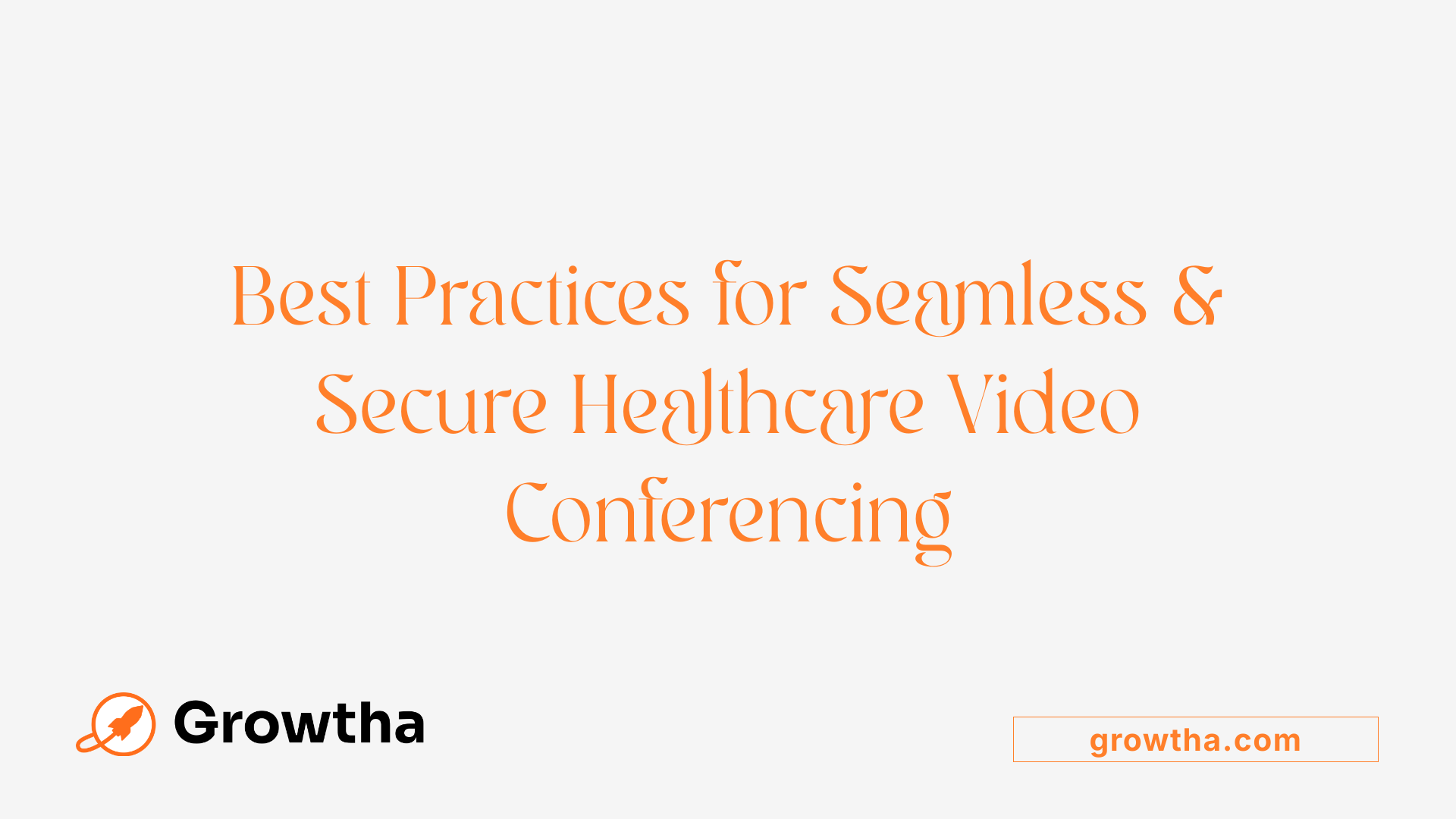
What are best practices for implementing video conferencing tools in healthcare communication?
Implementing video conferencing in healthcare settings requires a strategic approach focused on safety, efficiency, and inclusivity. First, selecting a platform that is HIPAA-compliant is essential to protect patient privacy and ensure data security. This involves choosing software with secure encryption, access controls, and audit capabilities.
Staff training is equally important. Clinicians and healthcare staff should be educated on both the technical aspects of the platform and appropriate etiquette for virtual interactions. This includes understanding how to maintain professionalism, ensure clear communication, and handle technical issues effectively.
Developing clear protocols for workflow and use cases helps streamline virtual consultations. This includes defining which appointments are suitable for video, how to handle emergencies, and procedures for additional documentation or follow-up.
A reliable digital infrastructure is critical. Investing in high-quality audio and video equipment, along with stable high-speed internet, minimizes disruptions and enhances patient experience. This reliability supports seamless communication and reduces frustration.
Addressing healthcare disparities is also a priority. Efforts must be made to provide underserved populations with access to necessary technology and internet. Alternatives like providing community access points or mobile solutions can help bridge the digital divide.
Integration with electronic health records (EHR) systems ensures that all consultations and data are documented properly, aiding continuity of care and record-keeping.
Healthcare providers must also stay informed about legal, reimbursement, and regulatory frameworks that affect telehealth practices. This includes understanding billing codes, patient consent requirements, and state-specific regulations.
Finally, ongoing performance monitoring and feedback collection support continuous improvement. Tracking metrics like patient satisfaction, technical issues, and clinical outcomes allow healthcare organizations to refine their strategies and enhance the quality of virtual care.
By adhering to these best practices, healthcare providers can effectively incorporate video conferencing tools into their services, improving access, safety, and patient engagement.
Effectiveness of Video Marketing and Communication in Healthcare Settings
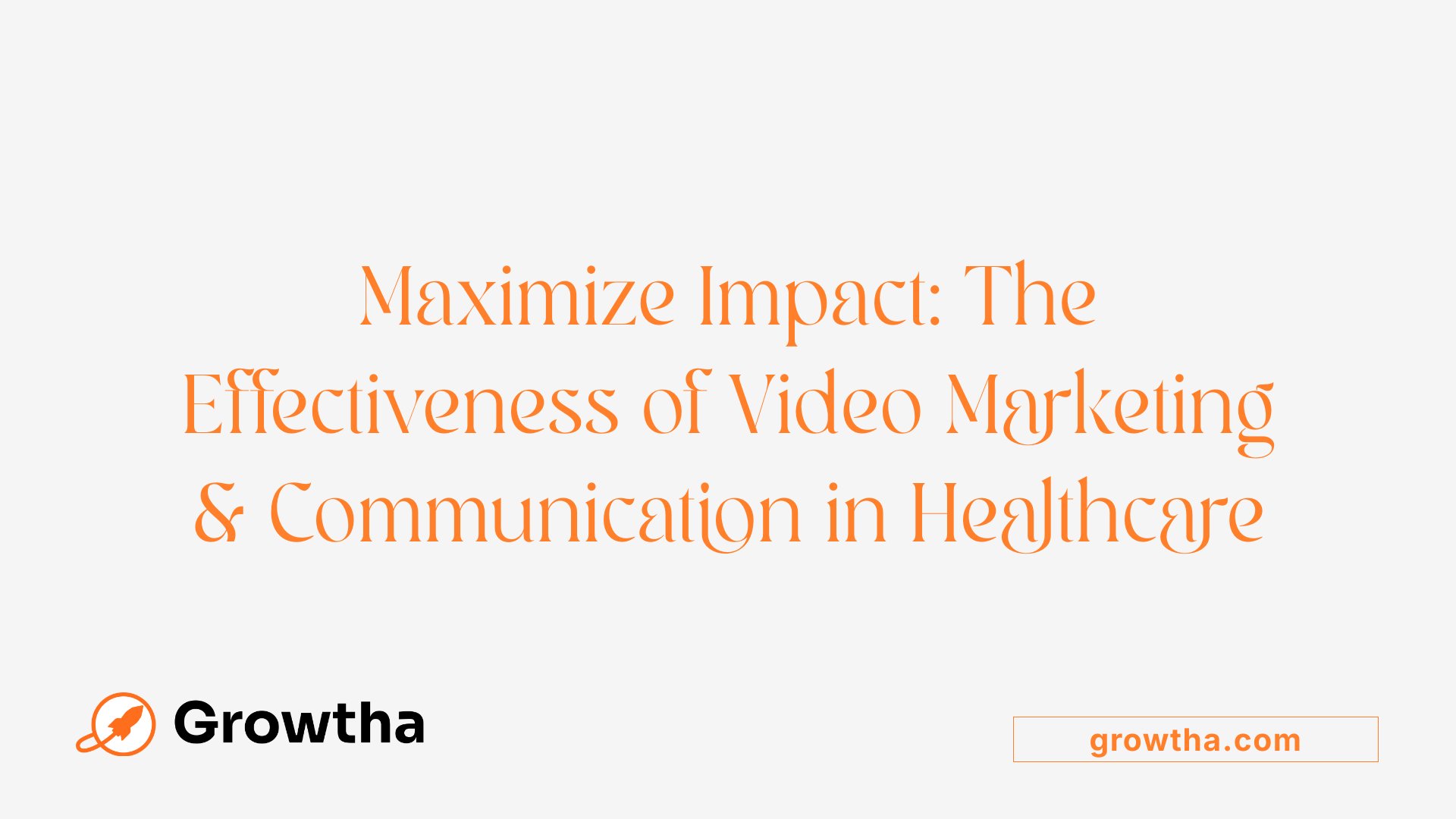
How effective is video marketing and communication in healthcare settings?
Video marketing and communication have become essential tools for healthcare providers aiming to improve patient engagement, trust, and education. High-quality videos help demystify complex medical conditions, procedures, and treatment plans, making them accessible and understandable. For example, educational videos can simplify intricate health issues, ensuring that patients with low health literacy grasp vital information.
Sharing patient testimonials and success stories through video fosters credibility and emotional connection. These authentic narratives promote trust in healthcare providers and inspire confidence among prospective patients. Moreover, videos used in marketing campaigns can elevate brand awareness, boost reach on digital platforms, and influence health-related decisions.
Trending strategies like personalized content, short-form videos, and live streaming have shown to significantly enhance engagement. For instance, real-time webinars or Q&A sessions create interactive experiences that foster community and trust. Analytics tools measure performance through metrics such as view counts, engagement rates, conversion rates, and sharing statistics, providing evidence of ROI and effectiveness.
Overall, embedding videos in healthcare marketing and communication strategies facilitates better patient understanding, encourages action such as appointment bookings, and supports ongoing care and follow-up. As digital consumption continues to rise, harnessing the power of video becomes increasingly vital for healthcare organizations seeking to expand their influence and improve health outcomes.
Challenges and Regulatory Considerations in Using Video Conferencing
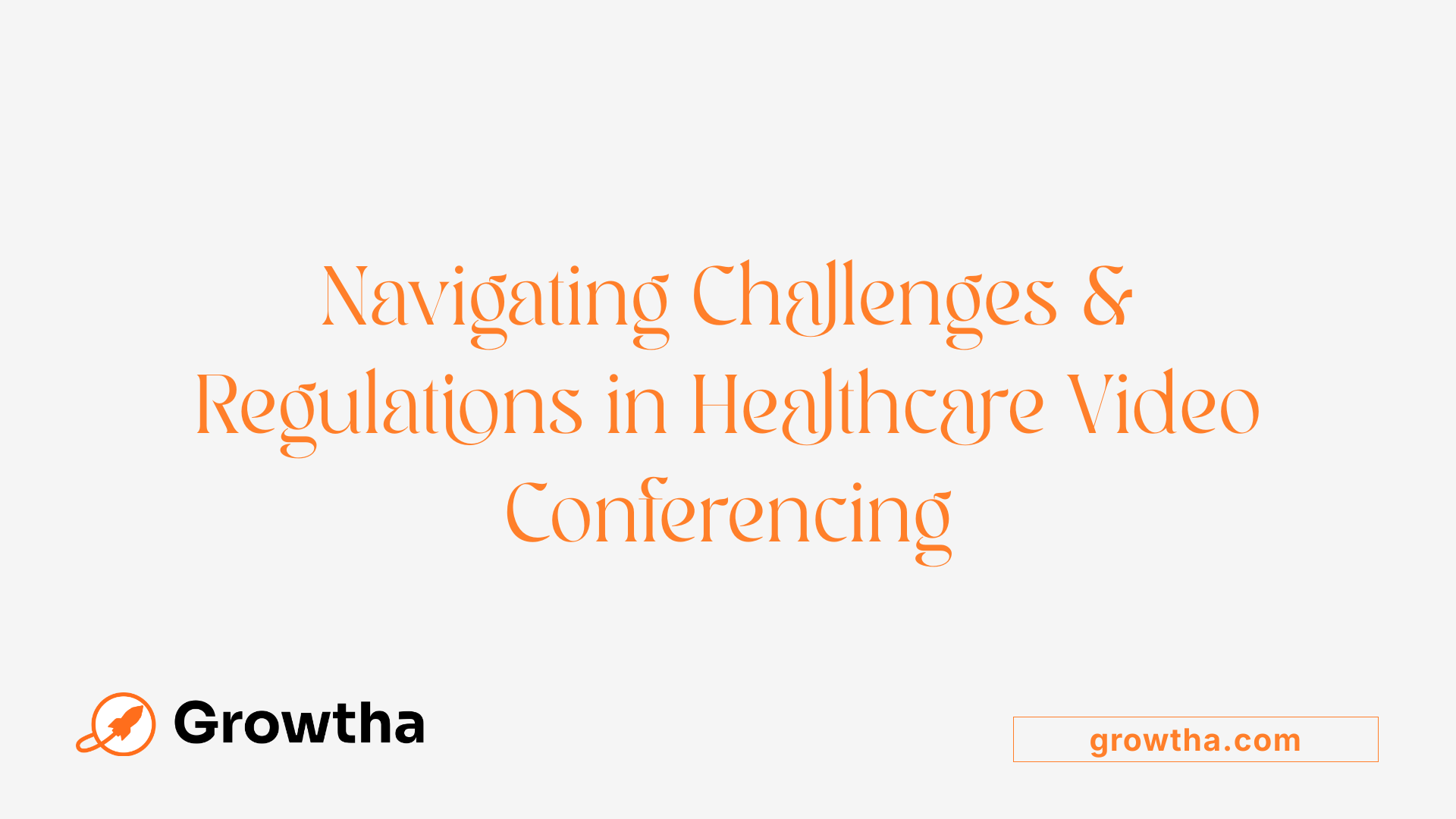
What are the considerations, challenges, and regulatory aspects of using video conferencing in healthcare education and marketing?
Implementing video conferencing in healthcare education and marketing requires careful attention to multiple regulatory and ethical factors. One of the foremost concerns is safeguarding patient privacy and data security. Regulations such as the Health Insurance Portability and Accountability Act (HIPAA) in the U.S. and the General Data Protection Regulation (GDPR) in Europe set strict standards for protecting sensitive health information.
A significant challenge involves ensuring technological reliability and interoperability. Healthcare providers must deploy systems that are robust, secure, and compatible across various platforms and devices to prevent disruptions and maintain seamless communication.
Bridging access disparities remains a substantial barrier. Not all patients have equal access to high-speed internet or modern devices, which can hinder equitable healthcare delivery and education. Addressing this digital divide is crucial for reaching vulnerable populations.
Legal and reimbursement frameworks present complex challenges, often differing across jurisdictions. Providers need to navigate varying laws related to telehealth licensing, cross-border consultations, and billing practices. Ensuring proper reimbursement for telehealth services is necessary for sustainable implementation.
Managing patient data and obtaining informed consent are vital. Clear communication about data use, storage, and sharing builds trust and complies with legal standards. Transparency about how information is handled reassures patients and aligns with ethical practices.
Trust and transparency are essential in fostering patient confidence in virtual services. Healthcare organizations must develop transparent policies, communicate clearly about privacy measures, and demonstrate commitment to ethical standards.
Finally, establishing comprehensive organizational policies and compliance measures is critical. This includes staff training, regular audits, and adopting standards for safe and ethical telehealth practices. Continuous assessment of health outcomes and cost-effectiveness supports the ongoing improvement of telehealth services.
In summary, while video conferencing enhances accessibility and convenience in healthcare education and marketing, addressing regulatory, technical, and ethical challenges is essential. Proper implementation ensures that benefits are maximized without compromising patient safety, privacy, or trust.
Successful Strategies and Examples of Healthcare Video Campaigns
What are some effective healthcare video communication and marketing strategies?
Creating impactful healthcare videos involves a combination of authentic storytelling, educational content, and strategic distribution. Successful campaigns often start with patient testimonials and human stories that illustrate positive outcomes, building trust and emotional connection with viewers.
Virtual tours and facility showcases help ease patient anxiety by providing transparency and familiarity with healthcare environments. Educational webinars and how-to videos are instrumental in explaining medical conditions, procedures, and post-treatment care, improving health literacy.
Interactive elements like live Q&A sessions and real-time streams allow direct engagement, fostering community trust and participation.
Advanced tools such as artificial intelligence and analytics are used to personalize content, making messages more relevant to individual viewers. These tools also help monitor performance, refine content, and optimize reach.
Distribution across multiple platforms—social media, websites, and YouTube—maximizes visibility, especially when combined with SEO strategies that include relevant keywords, metadata, and backlinks. This cross-channel approach ensures consistent messaging and broader outreach.
Leading healthcare institutions exemplify these strategies: many showcase their state-of-the-art facilities through 360-degree videos, host live webinars with specialists, and utilize patient stories to humanize their brand.
By integrating videos into broader marketing and educational initiatives, healthcare providers foster a comprehensive communication environment. The combination of engaging content, technological adaptation, and strategic distribution makes video campaigns highly effective, elevating patient engagement and trust in healthcare services.
This approach not only enhances patient understanding but also boosts search engine rankings and increases overall outreach, proving vital for successful healthcare communication in 2025.
The Future of Healthcare Communication with Video
As technology continues to evolve, the integration of advanced video conferencing and marketing strategies will become even more pivotal in delivering accessible, personalized, and trustworthy healthcare. Healthcare providers that adopt best practices in secure, engaging video content and leverage analytics to refine their approaches will set new standards for patient education and marketing, ultimately improving health outcomes, satisfaction, and organizational reputation. Embracing these digital innovations offers a path toward more inclusive, effective, and sustainable healthcare systems in the years ahead.
References
- Telemedicine for healthcare: Capabilities, features, barriers, and ...
- The Crucial Importance of Video in Healthcare Marketing
- 6 Benefits of Telehealth Video Conferencing for Patient Monitoring
- The ethical advantages of video conferencing in medical education
- How to Utilize Video for Healthcare Marketing and Education
- Essential Tips for Healthcare Video Marketing in 2025 - Kaltura
- The Power of Video Marketing in Healthcare: Key Insights for 2025





